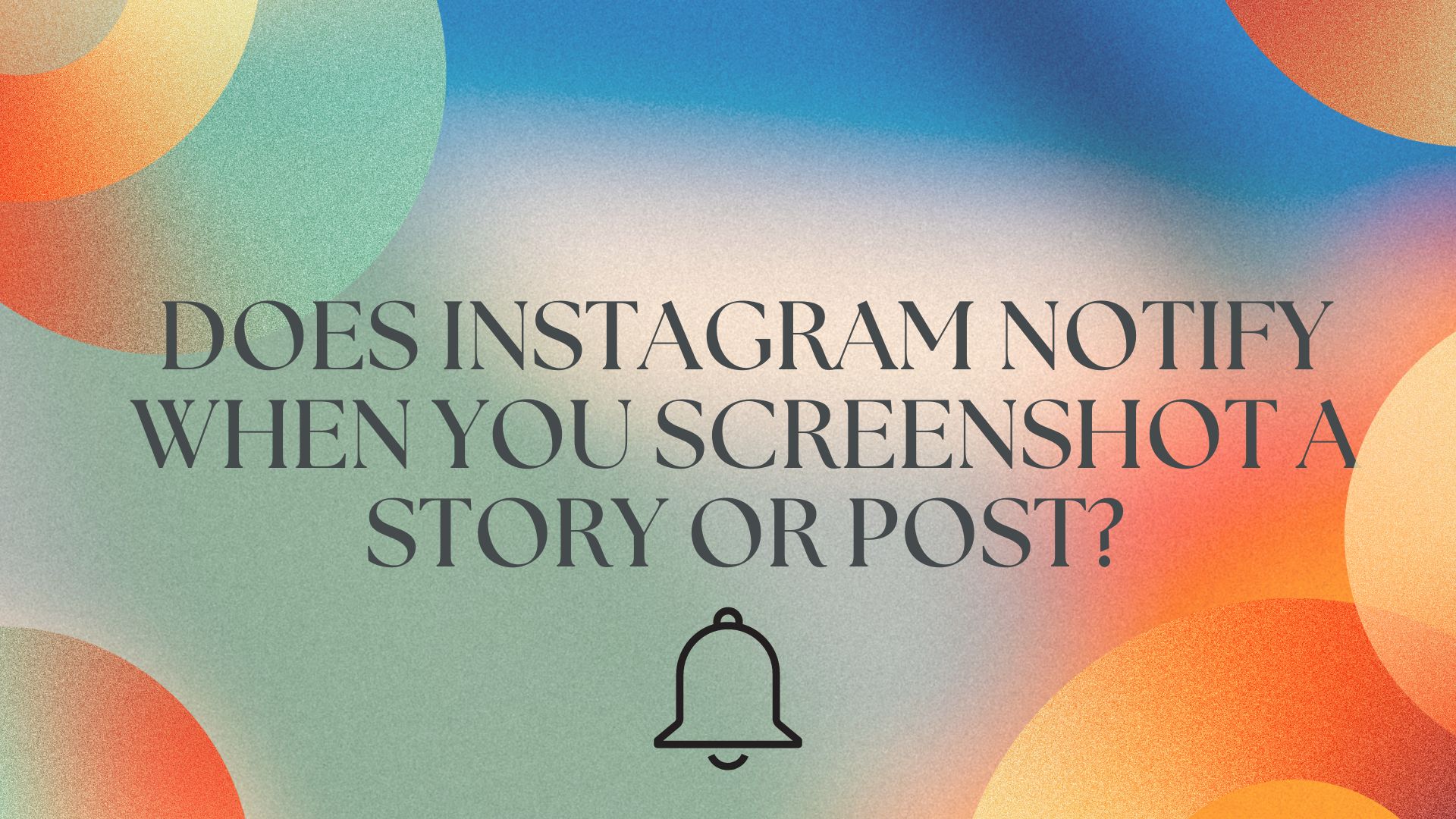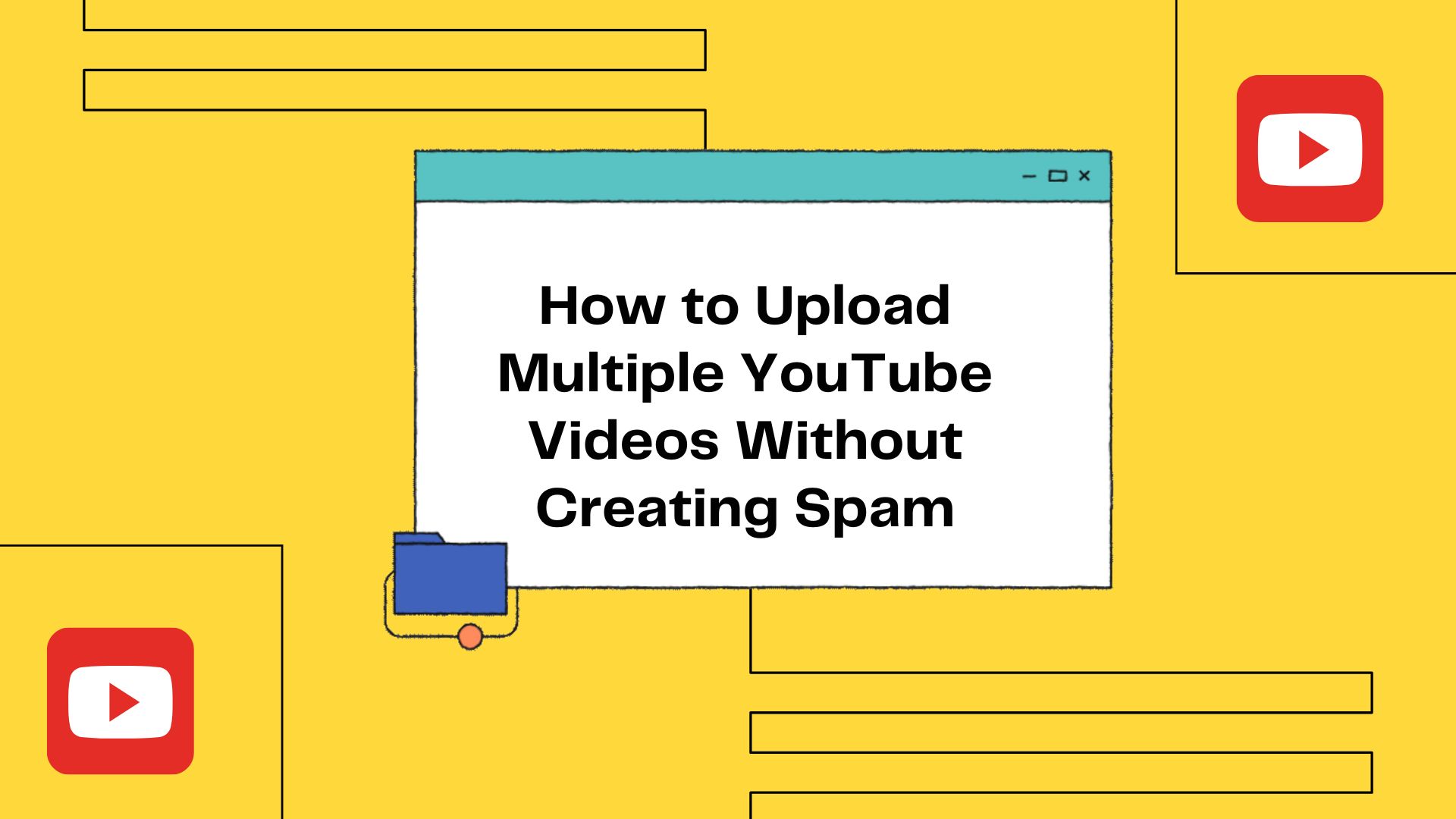Updated 21/02/2025

Contents
In the ever-evolving landscape of social media, staying on top of platform changes is crucial for creators, marketers, and viewers alike. YouTube’s decision to hide public dislike counts on videos has sparked significant debate and shifted how we gauge viewer feedback.
As we navigate 2024, understanding how to access and interpret this feedback remains essential for content strategy and engagement. This blog explores the current methods available to view dislikes on YouTube, offering practical steps and insights for users wanting to stay informed.
❌ Understanding the YouTube Dislike Removal
👎 Why Were Dislikes Hidden?
YouTube’s choice to hide the dislike count was driven by several factors, primarily centered around the platform’s commitment to creator well-being and fostering a positive community environment.
The change was introduced in 2021 as a measure to curb targeted harassment and reduce the impact of dislike mobs, where groups of users would collectively downvote videos to disparage creators unfairly.
This move aimed to protect creators, particularly smaller channels, from demoralization and undue stress caused by visible dislike counts.
While dislikes remain functional, allowing users to express their discontent, the count is no longer publicly visible. Only content creators can see this metric in their private YouTube Studio analytics. This shift aims to balance the need for feedback with the responsibility of maintaining a healthy creator ecosystem.
⚠️ Impact on Creators and Viewers
The hiding of dislike counts has had a mixed impact. For creators, especially those newer to the platform or dealing with controversial topics, this change has provided a layer of protection against negative campaigns. It allows them to focus on content quality without the immediate public pressure of dislike metrics.
However, for viewers, the absence of a visible dislike count has been contentious. Dislikes often served as a quick gauge of video quality or reliability, particularly for tutorials, reviews, and news content.
Without this metric, viewers now rely more heavily on other indicators such as comments, likes, and engagement ratios to assess a video’s value.
Most Popular Packages
✅ Official Methods to Gauge Video Performance
🎬 YouTube Studio Insights
For content creators seeking detailed feedback, YouTube Studio remains the primary tool. Accessible via both web and mobile, YouTube Studio provides a comprehensive suite of analytics, including audience engagement, watch time, and detailed like/dislike ratios.
To view dislikes, creators should navigate to the “Engagement” tab within YouTube Studio, where they can review the exact number of dislikes on their videos.
These insights offer a deeper understanding of viewer reactions beyond just likes and dislikes. Metrics such as average view duration, audience retention, and traffic sources help creators discern how their content resonates with audiences, informing future content strategies.
📈 Engagement Metrics
While the public dislike count is no longer available, other engagement metrics continue to play a pivotal role in assessing video performance.
Likes, comments, and shares serve as visible indicators of audience approval and interaction. The ratio of likes to dislikes, visible in YouTube Studio, can still provide valuable context about how a video is received.
Creators can leverage these metrics to understand viewer preferences and make informed decisions about content direction. High engagement in the form of likes and comments generally signals positive reception, while significant drop-off points in watch time analytics can highlight areas needing improvement.
🖥️ Using Browser Extensions
📉 Return YouTube Dislike Extension
For those who still wish to view dislike counts publicly, browser extensions offer a practical solution. The “Return YouTube Dislike” extension is among the most popular, enabling users to restore dislike counts on the platform.
This extension uses data from user reports and YouTube API interactions to estimate and display dislike numbers next to videos.
📺 How to Install and Use

To install the “Return YouTube Dislike” extension, users can follow these steps:
- Visit the extension’s page in the Chrome Web Store or the equivalent store for your browser.
- Click “Add to Chrome” (or the respective button for your browser) to install the extension.
- Once installed, the extension will automatically display dislike counts next to YouTube videos as you browse.
Using this extension is straightforward and requires no additional setup. However, users should note that the accuracy of the displayed dislike counts may vary based on the data available and the extension’s estimation algorithms.
❌✅ Pros and Cons
The use of browser extensions to view dislike counts offers several advantages. It provides users with a familiar metric for assessing video quality and can enhance the viewing experience by restoring a sense of transparency.
However, there are limitations. Extensions rely on external data sources and may not always provide precise counts. Additionally, they can pose security risks if not sourced from reputable developers, so users should exercise caution and ensure they are using well-reviewed extensions.
⚡Alternative Feedback Methods
💬 Comments Analysis
In the absence of visible dislike counts, analyzing viewer comments has become increasingly important for understanding audience sentiment.
Comments offer nuanced feedback and can highlight specific areas of praise or concern. For creators and marketers, regularly reviewing comments provides valuable insights into how content is perceived and can reveal trends in viewer opinions.
Engaging with comments also enhances community interaction, fostering a more connected and engaged audience. Responding to viewer feedback, addressing questions, and acknowledging suggestions can build stronger relationships with viewers and improve content relevance.
#️⃣ Social Media Sentiment
Beyond YouTube itself, social media platforms like Twitter, Reddit, and Facebook offer additional avenues for gauging viewer sentiment. Discussions about popular or controversial videos often spill over onto these platforms, where users express their opinions and share feedback.
By monitoring these conversations, creators and marketers can gain a broader perspective on how their content is received.
Social listening tools and analytics services can help track mentions and sentiment across social media, providing a more comprehensive understanding of audience reactions. This data can inform content strategies and highlight areas for improvement or new opportunities.
⚙️ Third-Party Tools and Services
🔧 External Analytics Tools
Several third-party tools offer advanced analytics and insights into YouTube video performance. Services like Social Blade, VidIQ, and TubeBuddy provide additional metrics and trends, including estimated dislike counts, engagement rates, and competitive analysis.
These tools often include features like keyword research, SEO recommendations, and performance benchmarking against similar channels.
For creators looking to optimize their content strategy, third-party analytics can offer a more granular view of performance and potential growth areas. They complement YouTube’s native analytics by providing external validation and broader context.
💡Limitations and Considerations
While third-party tools can be valuable, users should be aware of their limitations and potential privacy concerns. These tools often rely on publicly available data and user input, which may not always be accurate or up-to-date.
Additionally, granting access to third-party services can pose privacy risks, so it’s crucial to use trusted and reputable providers.
Creators and marketers should weigh the benefits of these tools against their potential drawbacks, ensuring they are used responsibly and in conjunction with other feedback methods.
Conclusion
The removal of public dislike counts on YouTube has transformed how we assess video feedback and engagement. In 2024, creators, marketers, and viewers must adapt to new methods for gauging audience reactions and making informed decisions about content strategy.
While the official dislike count may be hidden, YouTube Studio remains a powerful tool for accessing detailed performance insights. Browser extensions like “Return YouTube Dislike” offer a way to restore public dislike counts, though their accuracy can vary.
Alternative feedback methods, such as comment analysis and social media sentiment, provide valuable context and enhance understanding of viewer opinions.
Third-party analytics tools further complement these methods by offering advanced metrics and competitive insights. However, users should approach these tools with caution, balancing their benefits against potential limitations and privacy concerns.
As YouTube continues to evolve, staying informed and adaptable is key. By leveraging a combination of official tools, extensions, and alternative feedback sources, creators and viewers can navigate the platform effectively, ensuring a positive and engaging experience.




Great article! It’s good to know there are ways to view dislikes even after YouTube hid them. Really makes a difference for genuine feedback!
Thanks for the guide! It’s helpful to see how we can still access YouTube dislikes in 2024. This really adds transparency to the platform!